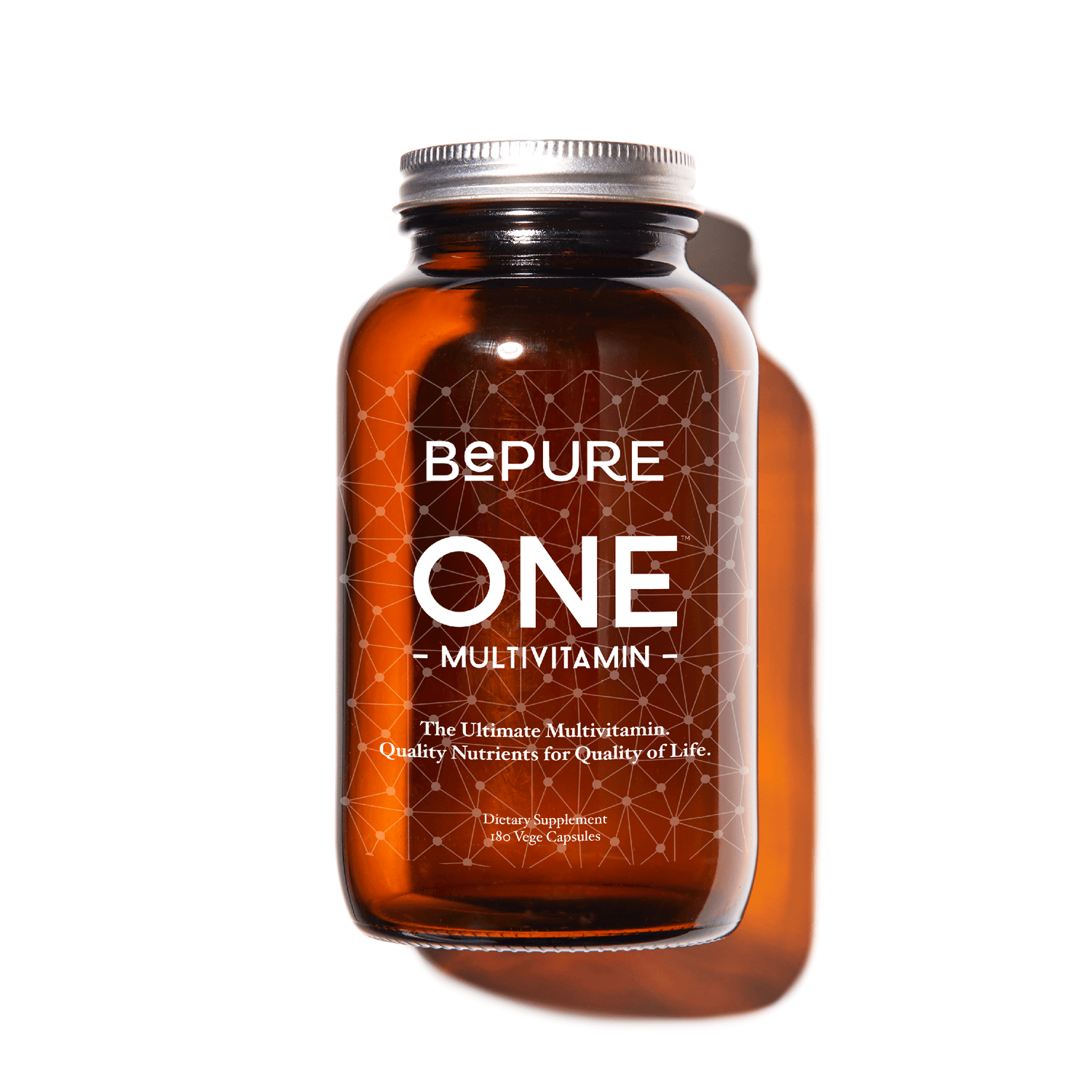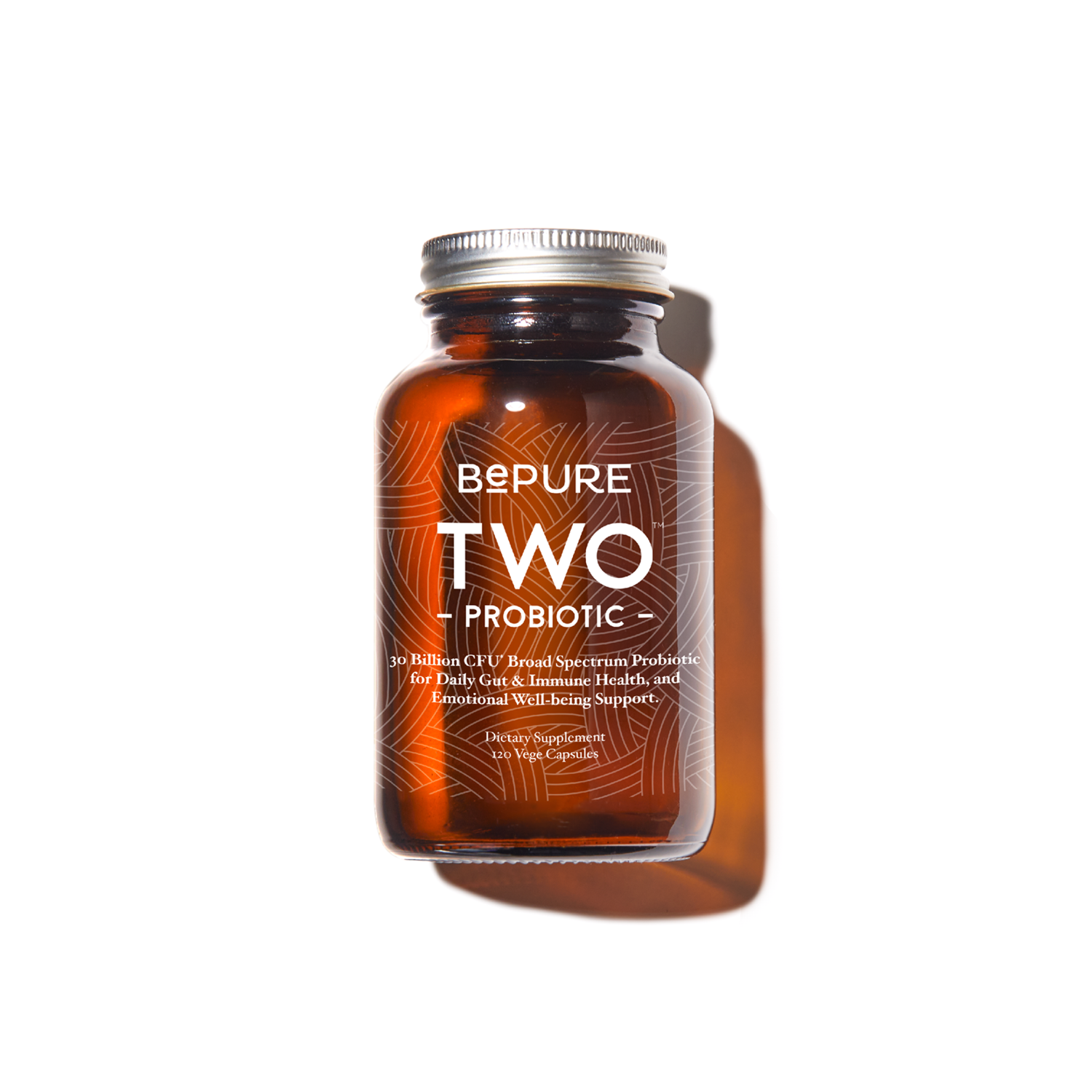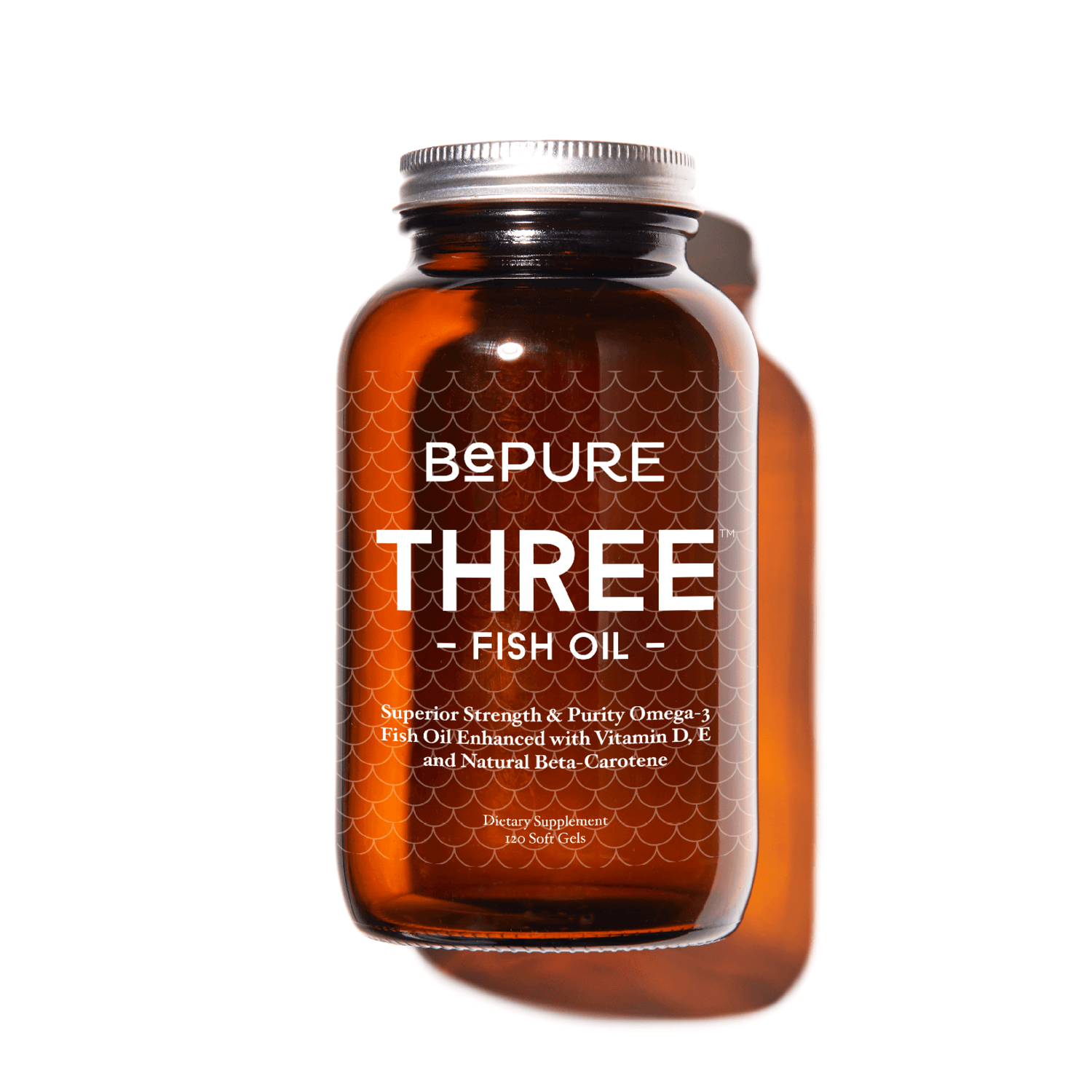As a society, we tend to use markers like illness or weight to judge health. At BePure we like to think of these things as symptoms of the state of your health, not what is driving wellness overall.
Energy is the true measure of whether your lifestyle, diet, and daily activities serve you!
Over the past three months, we’ve looked at 10 key pillars of health:
- Movement
- Hydration
- Clean eating
- Sleep
- Stress
- Essential nutrients
- Gut health
- Mindful wellbeing
Eating right is good for your metabolism and the toxins in our environment. Combined, these 10 integral factors can determine the outcome of your total wellbeing.
This week, we’re looking at the result of all these factors; energy.
Energy is what gets us out of bed each morning. It’s what gives us the ability to do the things we love. Or, if we don’t have enough of it, it can be the reason we don’t do the things which excite us.
You know that feeling. Wake up, work, go to bed, repeat. If we don’t have enough energy, trying to do things on top of our regular day-to-day activities will simply drain more of our limited resources.
Eating for energy
There are several nutrition factors to consider when trying to improve your energy. In this blog, I'll talk about eating a whole foods diet that’s right for you and your genetic makeup. I'll also address potentially problematic foods which can drain your energy.
The first place to start is to base your diet around whole foods. Fill your diet with vegetables, fruits, nuts, seeds, meat, soaked gluten free whole grains and full-fat dairy if tolerated.
Stabilising your blood sugar levels
Another factor to consider is eating the types of foods that will stabilise your blood sugar levels. Doing this will help regulate your energy levels throughout the day.
It all boils down to nourishing your metabolism so that it can function optimally.
I'm sure everyone knows what it’s like to feel like we are on a blood sugar rollercoaster. You feel ravenous one, two or three hours after eating a substantial meal and need to get food quickly. You grab the nearest thing you can find; often sugar or refined carbohydrates. Immediately your energy picks up again and you’re fine for another one, two or three hours until the cycle repeats itself.
Unstable blood sugar levels are responsible for those 3 pm chocolate or lollie cravings and usually are the result of eating a lunch that is unsuitable for your needs.
When we eat, food is broken down into its macronutrient parts and released into our bloodstream for “processing”.
- Carbs break down to their simpler forms; glucose, fructose or lactose.
- Proteins break down into amino acids
- Fats become lipids or essential fatty acids.
- Our clever bodies release insulin in response to this incoming food. More insulin is released to deal with carbs but some insulin response is also triggered by proteins and a lesser response again for fats.
If you eat a food and your body can’t ‘find a home for it’ in your cells or glycogen stores, it will be stored as bodily fat. All of these actions require more insulin to be released. Therefore, the more insulin your body needs to produce, the more body fat you will store.
Consistently eating or being on the blood sugar rollercoaster, requires your body to constantly produce insulin. Your body processes foods that are right for you with very little difficulty, therefore requiring less insulin.
Some people thrive on a carbohydrate rich diet. For these people, carbs will keep them full for longer periods of time and the same food for them will produce a smaller insulin response than in people who run better on fats or protein. Ultimately, the right diet for you is the one that keeps you the fullest for the longest.
Timing your meals
This is a little determined by preference and whether or not you function best on protein, fats, carbs, or a mixture of all three. Generally, protein types will eat larger meals less often and carbohydrate types will eat smaller meals more often.
It's also a good idea to structure meals around exercise. After an exercise session, you want to be refuelled with some vitamin C and have a nice, whole food, protein meal. Things like eggs with slow releasing carbs, like kumara, are a great option.
Ideally, we should all be eating breakfast - with protein - about half an hour - 2 hours (max) after waking up. If you suffer from Adrenal fatigue, getting a protein-rich meal in within half an hour of waking is critical.
For some people, meal size can affect energy levels. Protein types may do well with a large meal and have energy all day. Others will feel sleepy eating too much at once. Play around with meal quantity to find your own sweet spot.
Stimulants and Energy
To improve energy levels, an important aspect to consider is minimising the amount of stress and cortisol production you put your body under. Stimulating substances such as caffeine, sugar, refined carbohydrates and alcohol all raise insulin and cortisol levels within the body. They provide an immediate source of energy but the high is short lived.
I always say coffee gives you energy, but it’s stolen energy from your future. At some point, you'll have to pay it back.
This places a strain on your adrenal glands to keep producing cortisol. As a result, they are unable to produce other vital hormones in effective amounts. If low energy is a concern for you, stay away from alcohol, sugar and refined grains. If you currently consume coffee, keep it to 1 or 2 cups per day and before midday, or try replacing it with a nutrient-rich, energy-boosting smoothie.
Morning pick me up green smoothie
This smoothie is full of nutrition to give your energy a boost. It contains healthy fats and protein to stabilise your blood sugar levels, as well as key nutrients such as vitamin C to help with iron absorption and support your immune system.
As always, the star of the show is an abundance of leafy green vegetables! In one hit, they help with gut health, detoxification and provide B vitamins and key nutrients.
Try starting your day with this liver loving smoothie instead of coffee. See how your energy improves after just 7 days. This recipe serves one.
Ingredients:
- 2 cups of leafy greens such as spinach, kale, cress, swiss chard, silverbeet or cos lettuce.
- ½ a frozen banana.
- ¼ of an avocado. Look for varieties such as Reed as the weather turns cooler
- ¼ cup of coconut cream—we love the Ayam brand
- 1 cup of water
- 1 cm knob of ginger
- Juice from half a lemon
- 2 Tablespoons of protein powder of choice; we used Raw Amazonia pea protein powder, you could also use Collagen Hydrolysate, raw eggs or 2 Tablespoons soaked nuts.
- 3-4 ice cubes
Directions:
- Put all ingredients in the blender and blend until smooth.
Nutrition Summary
- Eat a nutrient dense diet based on whole foods. This means filling your diet with leafy green vegetables, quality protein, healthy fats, and complex carbohydrates.
- Figure out which combination of fats, proteins, and carbohydrates works best for you. This will help stabilise your blood sugar levels, giving you even more energy throughout the day.
- Remove energy draining foods such as alcohol, sugar, and refined grains.
- Limit caffeine consumption to 1 or 2 cups per day, before midday.



